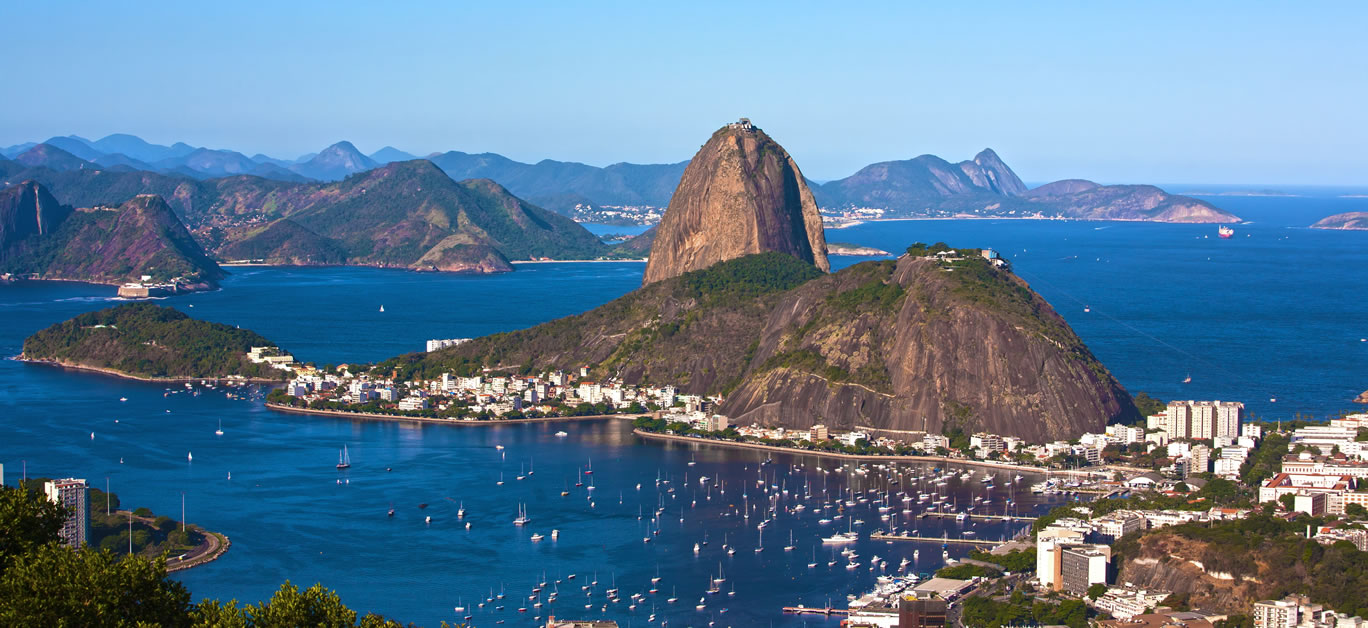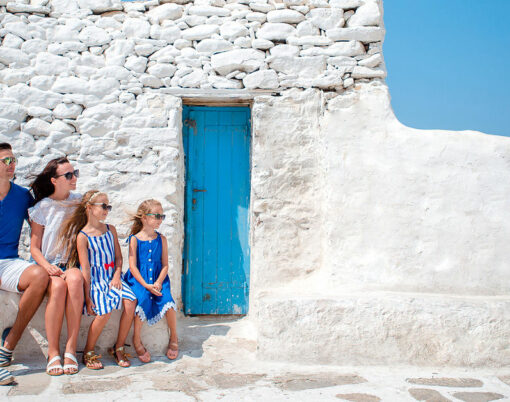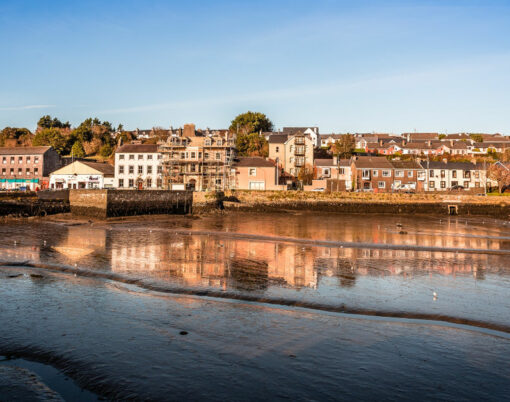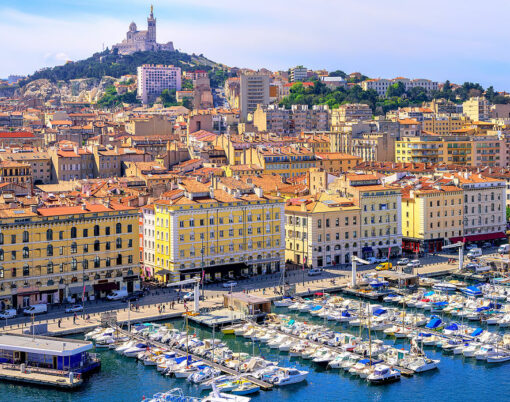From sprawling spectacles that seemingly go on forever to majestic wonders that baffle and impress the mind in equal measure, the world on which we live certainly does its very best to provide us with some awe-inspiring sights to explore and experience.
Whether it’s a man-made structure that inspires your travel plans or a naturally formed phenomenon, you really are spoilt for choice either way. From underwater delights to those that grace the skies, the natural wonders of the world are there to ensure that anywhere you go across the planet, you will be left with some pretty excellent memories and hopefully the odd impressive photograph too.
With the world opening up and with less restrictions by the day, you may be wondering where to go on vacation and you will, no doubt, wish to encompass some amazing sights and encounters on your travels too. With this in mind, we’ve rounded up 10 of the top natural wonders of the world that you should see at least once in your lifetime.
Uyuni Salt Flat, Bolivia
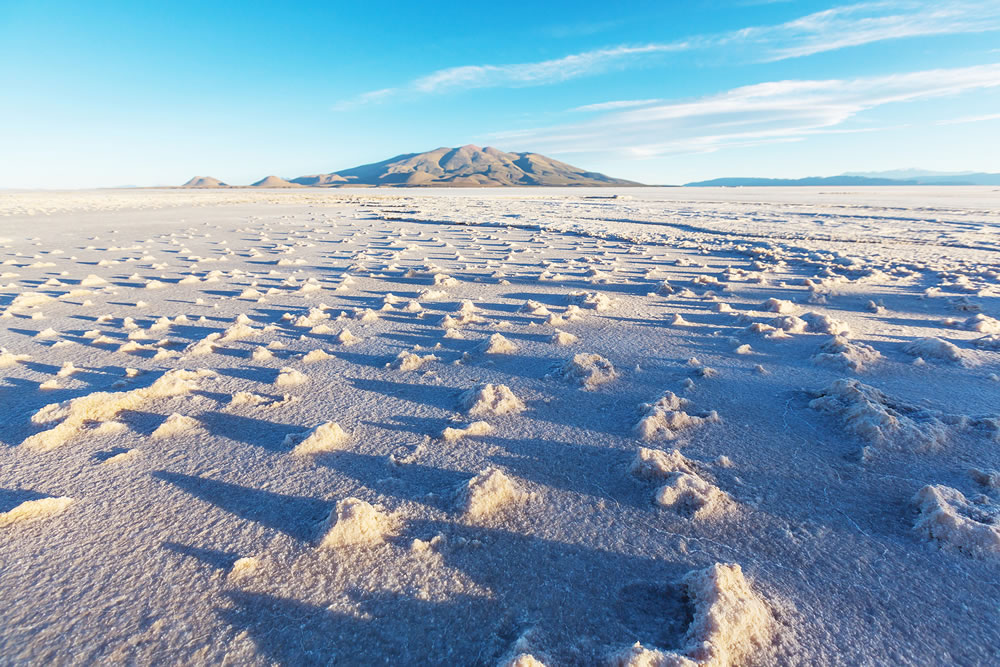
A delightful sight to behold, this is the largest salt flat in the world at 11,000 sq.km and what makes it so stunning is the shimmering reflective spectacle that appears, making the area look almost otherworldly. A legacy of a prehistoric lake that has gone dry, what remains is a bright white salt flat and there’s only one thing that could make it even more special, and that’s the many pink flamingos that reside here.
Victoria Falls, Zambia and Zimbabwe, Africa
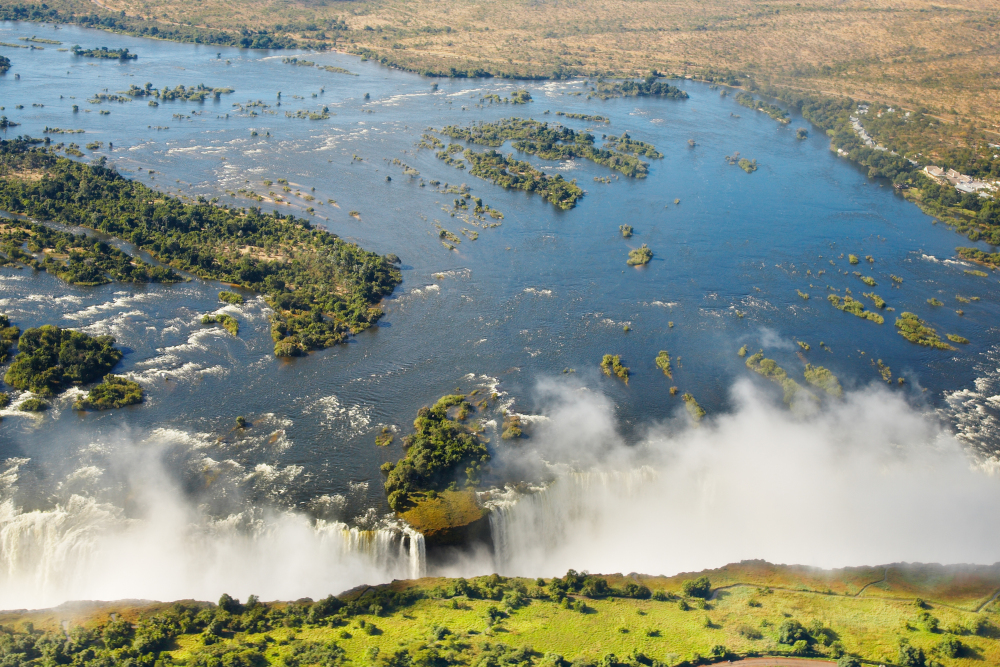
An immense sight to behold on the Zambezi River, Victoria Falls impresses with it roar, which is said to be heard from 24 miles away. Sitting on the border between Zambia and Zimbabwe, 500 million litres of water cascade over the 108-metre-high waterfall every minute. It’s twice as wide as Niagara Falls at 1,708 metres and is one of the largest in the world.
Mount Everest, China and Nepal.
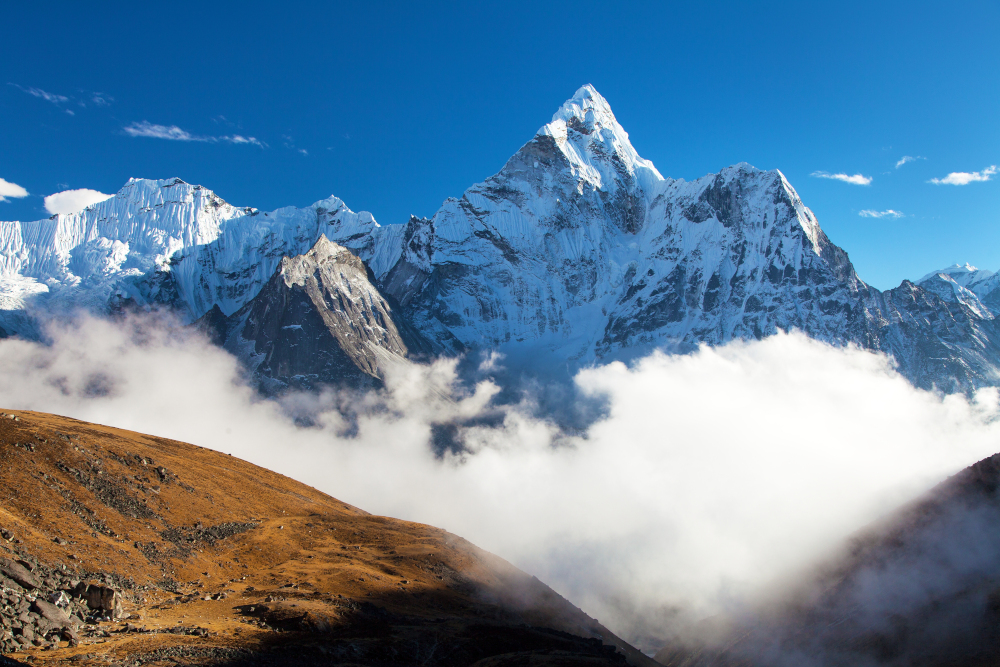
The highest mountain on earth, above sea level, Mount Everest reaches 8,848 metres high, and its summit is even more unique as it straddles the two countries of China and Nepal. Those wishing to take on this goliath should expect to be climbing for around two months, but it’s no mean feat, of course.
Paricutin Volcano, Mexico.
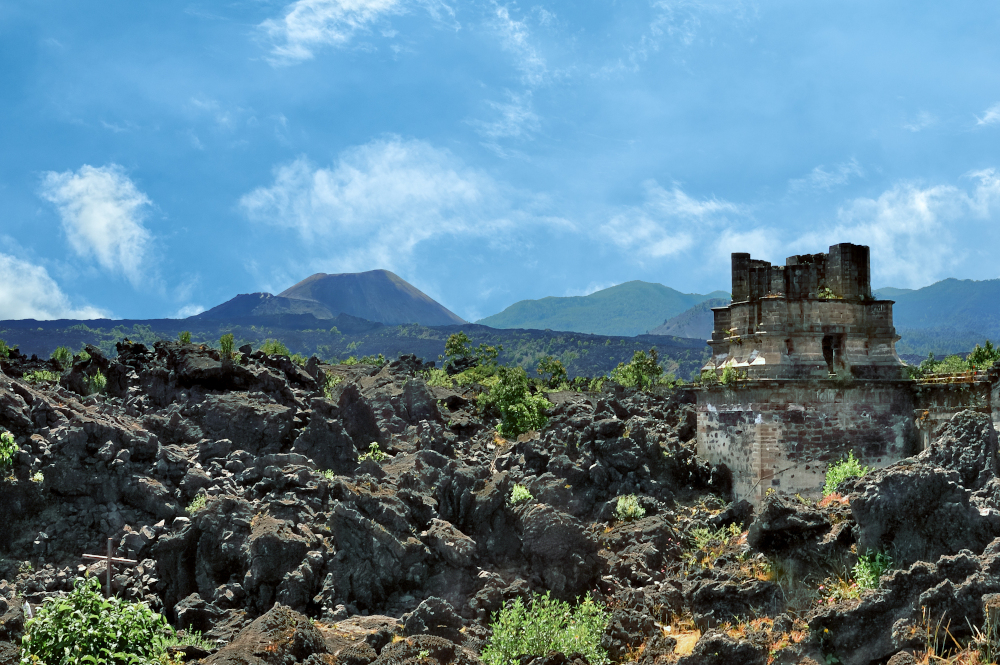
Lying 200 miles west of Mexico City, Paricutin Volcano is a cinder cone volcano that first rose from the cornfield of a local farmer in 1943 but has remained dormant since its last eruption in 1952. Rising 7,480 feet in just nine years, it’s a true wonder to behold.
Aurora Borealis, around the Arctic Circle
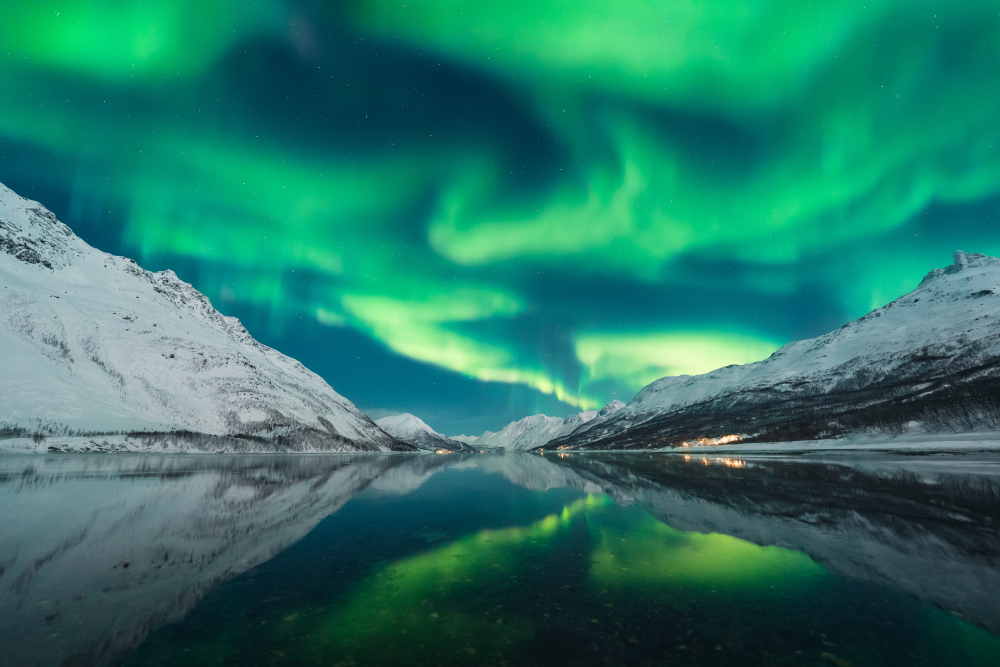
A wondrous display of lights dancing in the night sky is what many travellers to northern Norway, Iceland and many other regions surrounding the Arctic Circle hope to see, but the Aurora Borealis – also known as the Northern Lights – has proven to be rather elusive, somewhat cementing its allure, no doubt. Visit when the nights are longer and don’t forget to check its cycle as this night show isn’t guaranteed.
Uluru / Ayers Rock, Australia
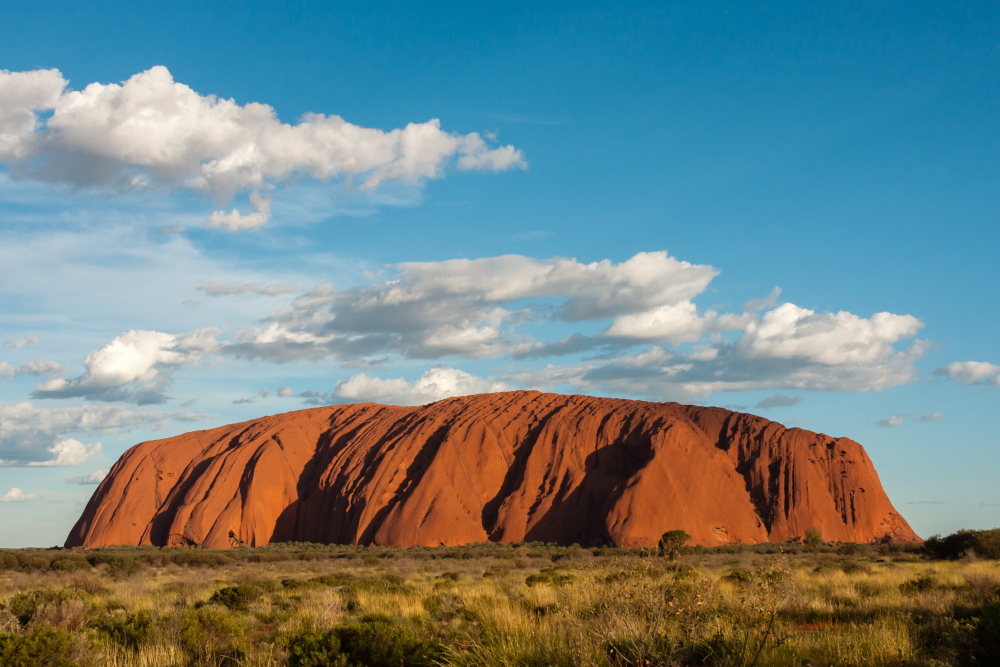
This stunning rock formation in the heart of Australia’s Northern Territory stands alone in the region’s arid ‘red centre’ and is believed to have started forming some 550 million years ago. The rock, which is sacred to indigenous Australians, is best viewed at sunrise and sunset and one of the best ways to view the area is by helicopter.
Grand Canyon, USA
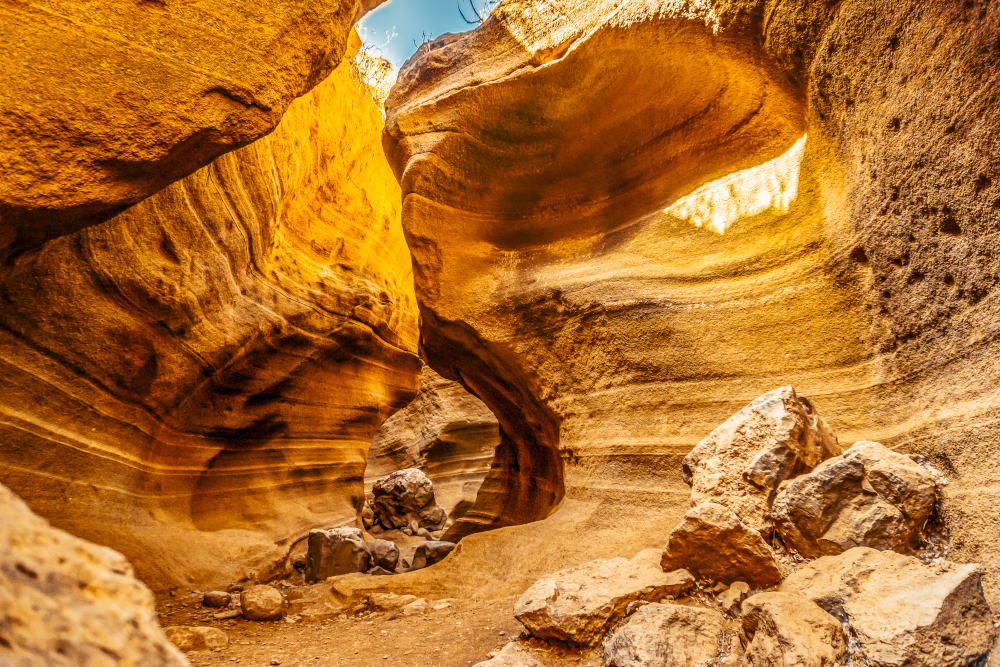
Geologists and the everyday explorer alike are wowed by the sight of the expansive Grand Canyon and its layered stripes of red rock, which give an insight into its millions of years of history. The steep canyon carved by the Colorado River is 277 miles long and makes for many a photo-worthy moment, whether you’re simply viewing from afar or getting up close and personal.
Great Barrier Reef, Australia
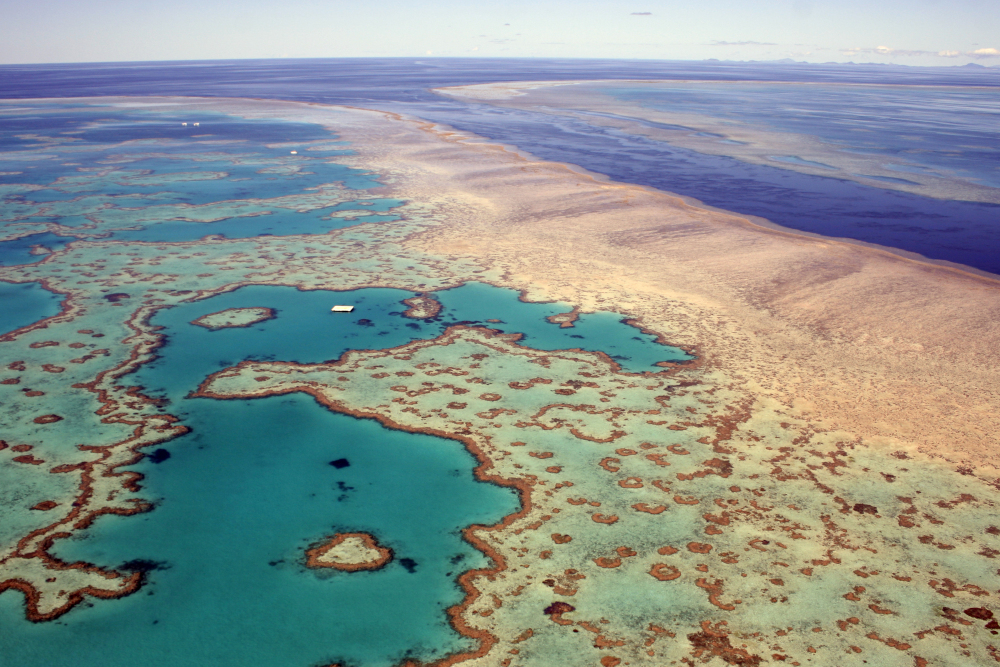
Scuba divers will be in their element at the Great Barrier Reef as it is known to be the largest coral reef system in the world. Stretching over 1,800 miles, along the east coast of Australia, there are over 2,900 individual reefs to explore here.
Harbour of Rio de Janeiro
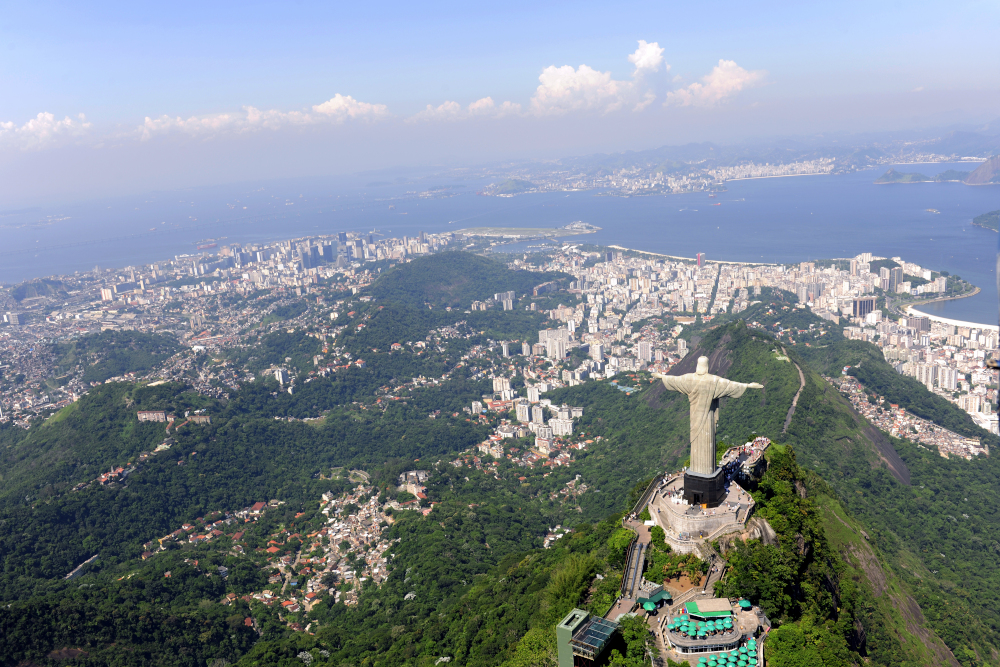
The world’s largest bay, the Harbour of Rio de Janeiro is quite the sight to see with its surrounding granite mountains jutting out of the water. Overlooked by the famed Christ the Redeemer statue and Sugar Loaf Mountain, the bay, also known as Guanabara Bay, was created by erosion caused by the Atlantic Ocean.
Galapagos islands
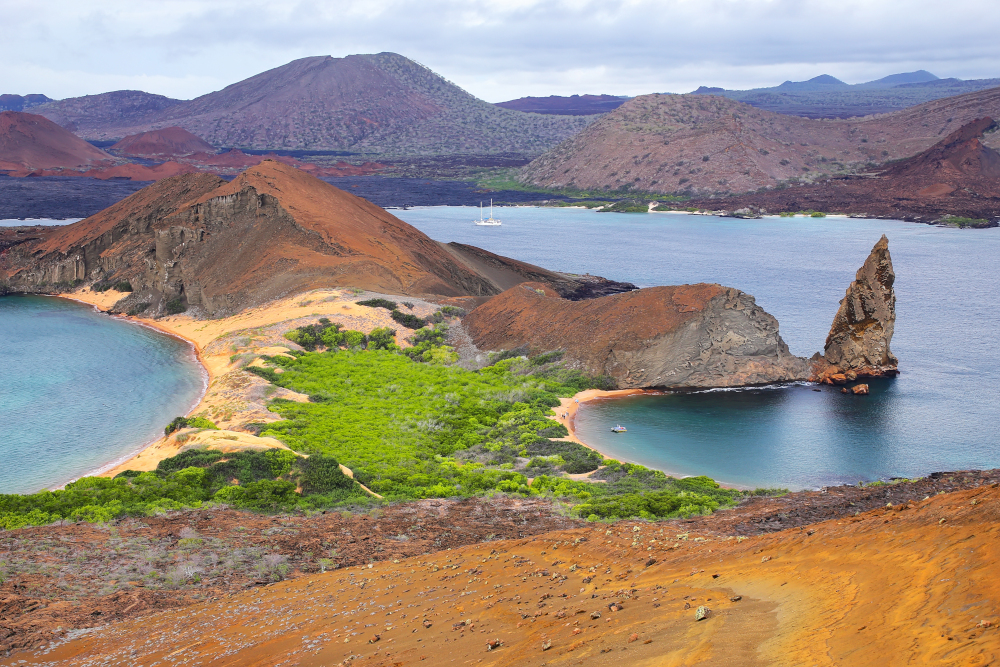
An archipelago made up of 127 islands, islets and rocks, sitting some 1000km from continental Ecuador, the Galapagos Islands are revered for their diverse wildlife, both on land and in the sea. Straddling both the northern and southern hemispheres, the islands are open to visitors but limit tourism so as to protect the wildlife.












